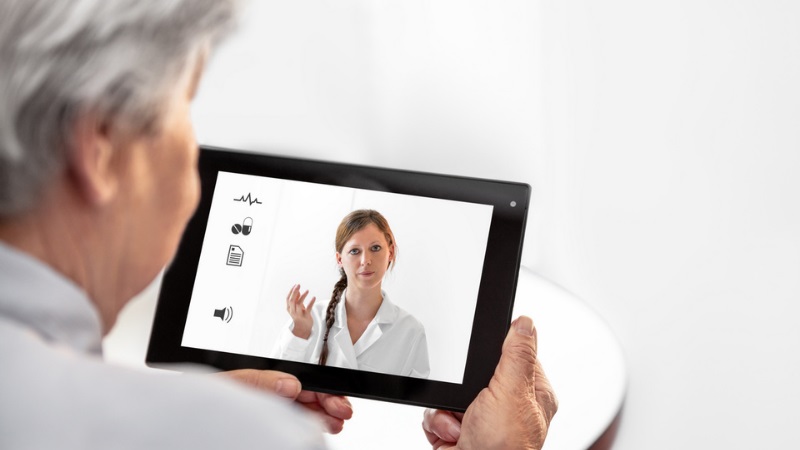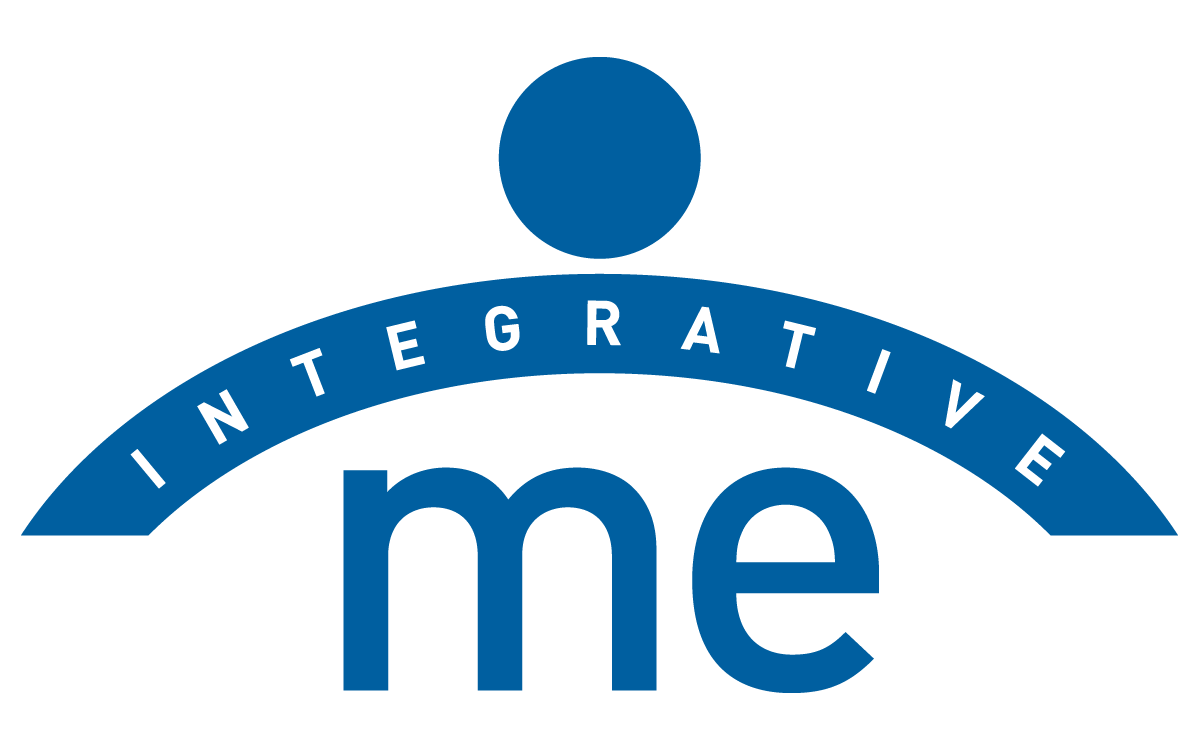BLOG
Even before the arrival of COVID-19, more and more people have been turning to telemedicine to receive care from their providers without office visits or long wait times. A naturopathic physician like Dr. Cutler can treat and monitor many conditions via telemedicine.
Telemedicine allows you to see your doctor from anywhere you want, without taking a day off from work to drive to an appointment or trying to fit an appointment into your schedule. Telemedicine may actually allow people to have a better relationship with their doctor by removing the communication barriers that standard in-person appointments can create.
Telemedicine offers a variety of services, each suited to different healthcare needs and situations. Understanding these types is essential for selecting the right service based on specific medical requirements.
Live video consultations are the most common form of telemedicine. They enable real-time interaction between patients and healthcare providers through video conferencing platforms. This format is ideal for discussing symptoms, reviewing test results, or conducting routine follow-ups. It closely mimics the experience of an in-person visit, making it a convenient choice for many. According to the American Medical Association, over 75% of healthcare providers utilize live video for consultations.
Remote patient monitoring (RPM) involves the use of digital devices to track health metrics like blood pressure, heart rate, or blood glucose levels from home. This data is shared automatically with healthcare providers, allowing continuous monitoring and timely adjustments to treatment plans. For patients with chronic conditions, RPM offers a proactive approach to care management, reducing hospital readmissions by 30% as reported by the National Institutes of Health.
Store-and-forward technology enables healthcare providers to collect and securely share patient information—such as images, biosignals, or lab reports—with specialists for later evaluation. This method is widely used in fields like dermatology and radiology, where asynchronous review and diagnosis are feasible. By eliminating the need for real-time interaction, store-and-forward technology can significantly reduce wait times for specialist consultations, enhancing patient outcomes by up to 40%.
Mobile health (mHealth) applications bring healthcare services directly to patients’ smartphones or tablets. From fitness tracking and medication reminders to virtual consultations and health information management, these apps provide a wide range of services on the go. The mHealth market is expected to reach $189 billion by 2025, fueled by the growing demand for digital health solutions and the widespread adoption of mobile devices.
By leveraging these diverse telemedicine services, patients can receive more accessible, efficient, and personalized care. Selecting the appropriate type depends on the specific medical condition and the patient’s individual circumstances.
While you may see the terms used interchangeably, telemedicine is the actual practice of medical care through an electronic method of communication. Telehealth encompasses both medical and non-medical aspects of distance health care, including the technologies involved.
Telehealth encompasses issues like developing software to ensure patient safety and privacy in the online world, keeping protected health information away from prying eyes. This work makes telemedicine possible, as well as keeping it safe, private, and completely confidential.

Dr. Cutler uses telemedicine with each patient, depending on their treatment plan. However, these include the most common ways in which he will use telemedicine, especially when working with a new patient:
Dr. Cutler will meet with patients for a virtual consultation. During this time, you will review all the information you would discuss face to face, including a detailed history. Often, he will also discuss the results of testing and what they indicate about your health.
This exclusive panel of tests and questions helps Dr. Cutler determine areas that the treatment plan will address. This testing includes tests that many traditional doctors do not perform because they do not recognize the significant effects that even slight imbalances can cause.
A functional blood work analysis will use blood that you can have drawn at any facility approved by Dr. Cutler on your own time. The testing will inform him of any imbalances, hormonal changes, or other issues that could cause the symptoms you experience. Dr. Cutler can recognize and treat slight but essential changes in blood work that other practitioners might not see as worthwhile.
All of this information gathered without an office visit, will allow Dr. Culter to develop a customized health plan that will help you bring your body back into balance and restore the connection between mind, body, and spirit. Naturopathic medicine focuses on lifestyle changes, supplements, and other techniques for naturally bringing the body back into harmony.
Telemedicine provides a unique set of advantages that make healthcare more accessible, especially for individuals with limited mobility or those living in remote areas. However, it’s important to consider its limitations to determine when it is and isn’t the best option for medical care.
One of the primary benefits of telemedicine is convenience. Patients can consult with healthcare providers from the comfort of their homes, eliminating travel time and reducing the need to take time off work. This is particularly beneficial for routine follow-ups or non-urgent consultations. According to a 2023 survey by McKinsey & Company, over 60% of patients prefer telemedicine for its flexibility and ease of scheduling.
Another major advantage is improved access to care. Telemedicine connects patients with specialists who may not be available locally, broadening the scope of treatment options. This is especially valuable in rural or underserved areas where specialist care is often limited.
In addition, telemedicine helps reduce exposure to contagious illnesses. By minimizing physical interactions, it lowers the risk of spreading infections—an aspect that became critical during the COVID-19 pandemic. A study by the Centers for Disease Control and Prevention (CDC) highlighted that telemedicine visits increased by 154% in 2020 as a result of social distancing measures.
While telemedicine offers numerous benefits, it is not without limitations. One of the biggest challenges is the inability to perform physical examinations. For conditions that require a hands-on evaluation, like checking for a swollen lymph node or listening to heart and lung sounds, an in-person visit is necessary.
Technological barriers also pose a challenge. Patients who lack access to high-speed internet or do not possess compatible devices may find it difficult to participate in telemedicine sessions. This digital divide can prevent some populations from fully benefiting from virtual healthcare options.
Moreover, privacy concerns are prevalent. Although most telemedicine platforms use encryption and comply with health information security standards, patients may still worry about the confidentiality of their health data. Ensuring that the platform is secure and understanding how patient information is handled are crucial steps before initiating telemedicine services.
Understanding these benefits and limitations helps patients and providers make informed decisions about when to use telemedicine. This balanced view ensures that telemedicine is utilized effectively and appropriately.
Setting up for a telemedicine appointment is relatively simple, but having the right technology and environment is essential for a smooth experience. Here’s a step-by-step guide to ensure you’re fully prepared for your next virtual consultation.
To participate in a telemedicine session, you’ll need a reliable device such as a smartphone, tablet, or computer equipped with a camera and microphone. A stable internet connection is crucial to prevent disruptions during your appointment. For optimal performance, aim for an internet speed of at least 10 Mbps. If possible, use a wired connection, as it tends to be more reliable than Wi-Fi.
Most healthcare providers use specific platforms or apps for virtual consultations, such as Zoom, Doxy.me, or proprietary hospital systems. Before your appointment, download any required applications and test them to ensure compatibility.
Familiarize yourself with the interface by exploring features like muting/unmuting the microphone or turning the camera on and off. If you’re unsure about which platform to use, reach out to your provider for detailed instructions.
Choose a quiet, well-lit room where you won’t be disturbed during the consultation. Position your device so that your face is clearly visible, and avoid sitting with your back to a window, as this can create shadows. Ensure the background is free from distractions to maintain a professional and focused environment. Also, check that your camera is at eye level to create better visual engagement with your provider.
To protect your privacy, use a secure internet connection and avoid public Wi-Fi. Public networks are more vulnerable to breaches, which could compromise sensitive health information. Ensure your devices have updated antivirus software and strong passwords. If using a shared device, log out of the telemedicine platform after your session and clear any stored information.
Technical issues can arise even with the best preparation. If your video or audio is not working properly, try restarting the application or device. Make sure other applications that might slow down your device are closed, and check that your camera and microphone settings are correctly configured. If issues persist, consider switching to a different device or contacting your provider’s technical support team.
By ensuring that you have the right equipment and environment, you’ll be better positioned for a successful telemedicine appointment. Being proactive with these preparations can help prevent common technical difficulties, allowing you to focus entirely on your healthcare discussion.
Many health conditions may receive treatment by telemedicine. Conditions that can improve with lifestyle changes, natural medicines, and close monitoring work particularly well for telemedicine.
Schedule a consultation with Dr. Doug Cutler and his team of expert naturopathic providers to learn more about the importance of mental health. Call us at (248) 663-0165 today! Cutler Integrative Medicine is dedicated to your health and well-being.
Cutler Integrative Medicine is a premier award-winning wellness clinic that provides patients with unparalleled individualized naturopathic healthcare. Dr. Doug Cutler is a nationally renowned expert in Naturopathic medicine and has the highest training in his field, as well as in Environmental Medicine, IV Nutrient Therapy, and Detoxification. His ClubIV™ is one of the most extensive IV Nutrient Clinics in the country.
Serving Birmingham, West Bloomfield, Troy, Oakland County, and the greater Detroit area.

© 2021 Cutler Integrative Medicine. All Rights Reserved.
Website powered by: www.modrndigital.io
Accessibility: If you are vision-impaired or have some other impairment covered by the Americans with Disabilities Act or a similar law, and you wish to discuss potential accommodations related to using this website, please contact our Accessibility Manager at (248) 663-0165